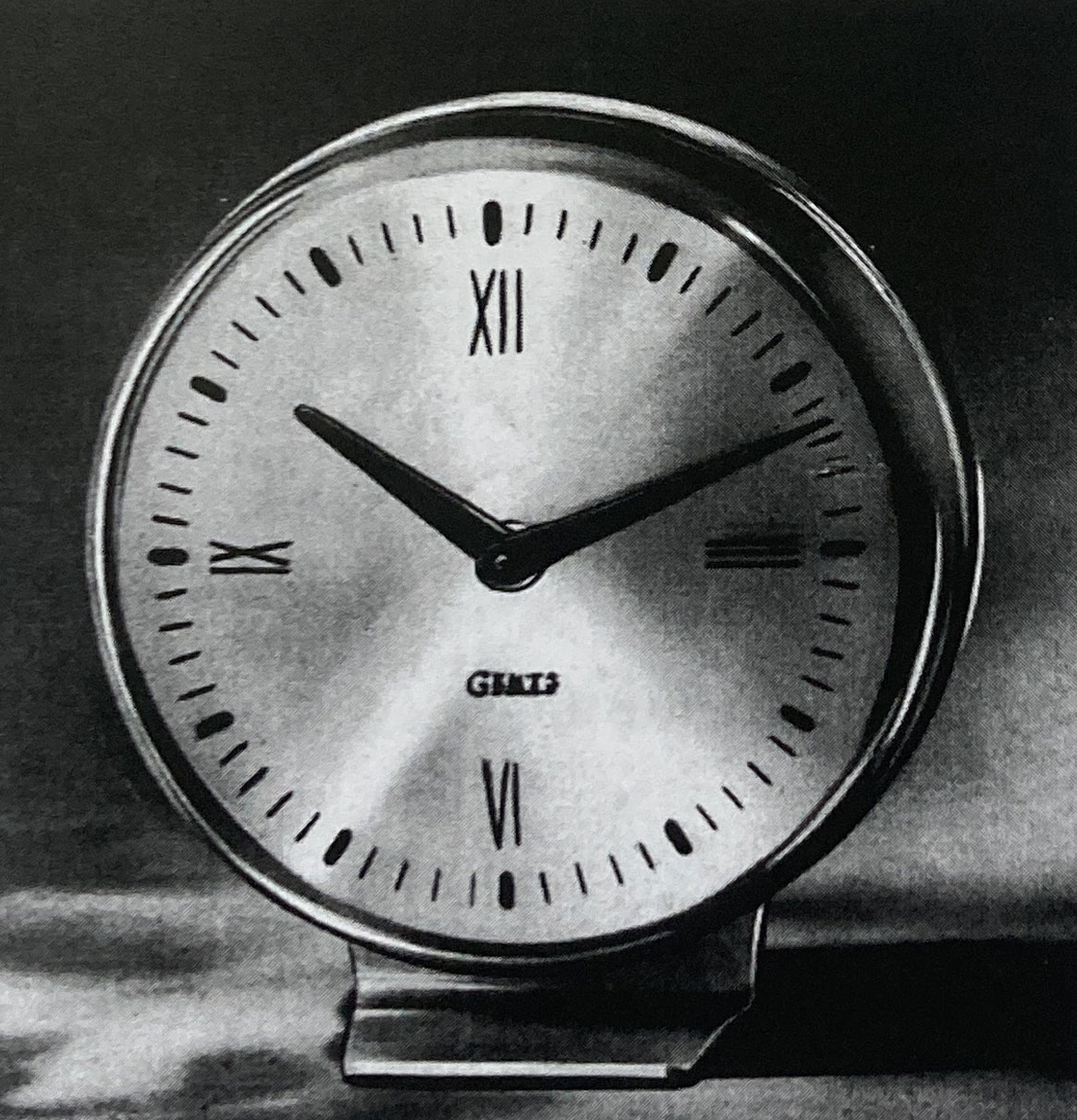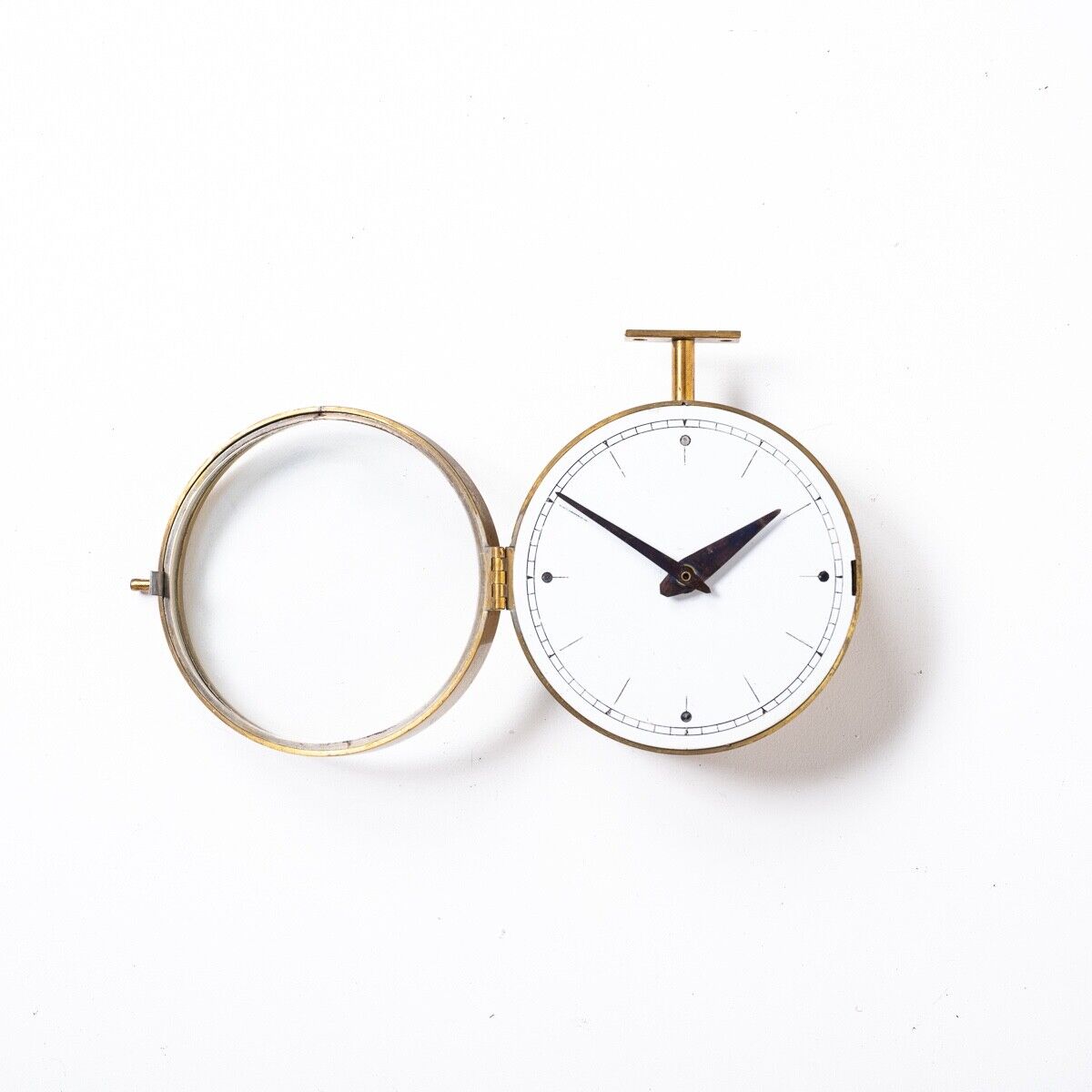This is a very interesting item...?
The brass casing and dial isn’t what you would typically associate to being Gents’, however the movement can clearly be linked to an early version of the C9 movement, by comparing the punched and pierced plate style to the visuals in Colin Reynold’s book “A Conspectus Of Clocks And Time Related Products Produced By Gent & Co. Leicester.” See more below. Colin states that this item was punched and pierced plate “S” Type model introduced. Circa 1933/34 having “the holes drilled in minute wheel for hand balance”.
So this items is either a prototype used by Gents, a personal project, combining a Synchronome or other casing and dial with an early version of the Gents’s of Leicester C9 Movement.
If anyone has seen a dial like this and can shed more light on it I would be great.



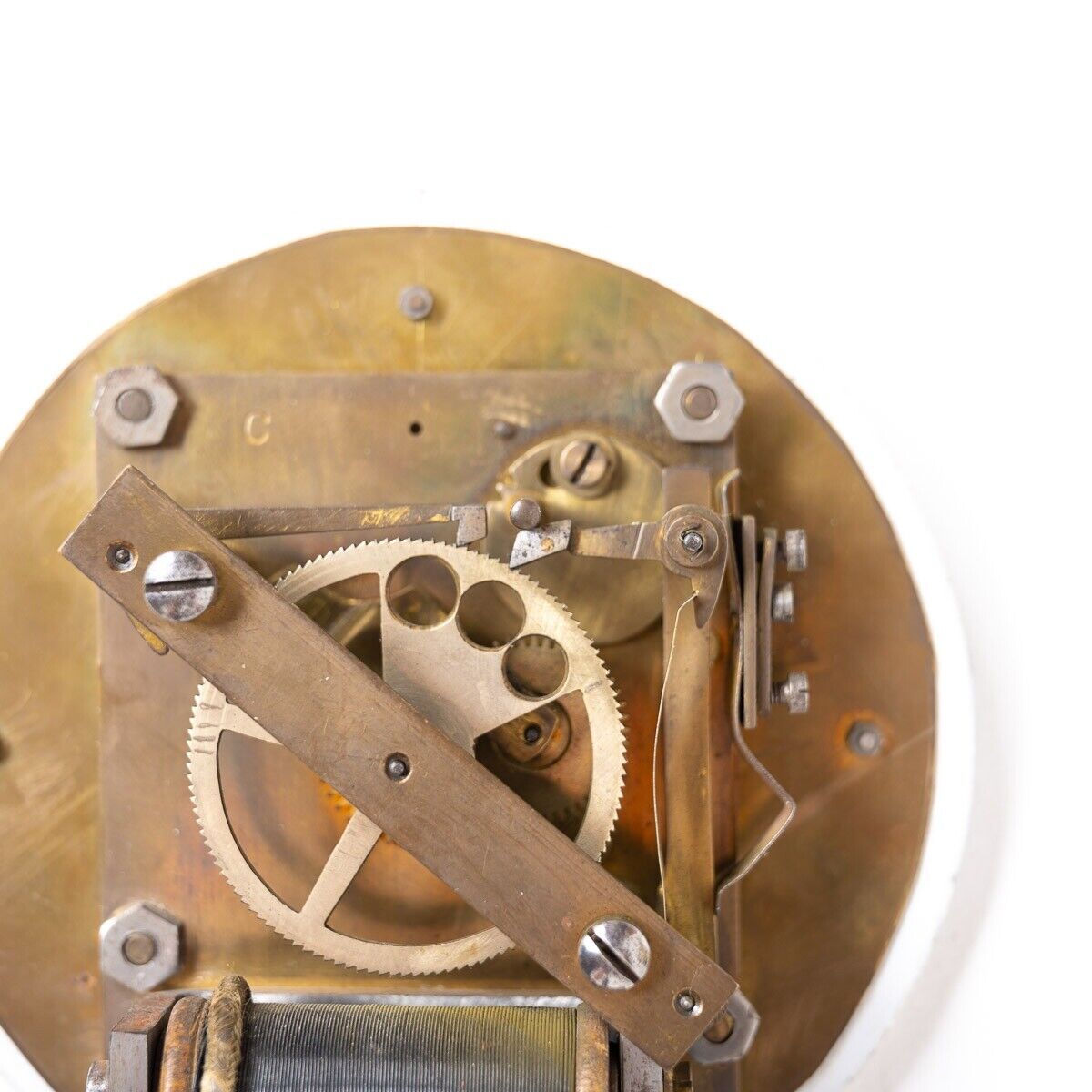

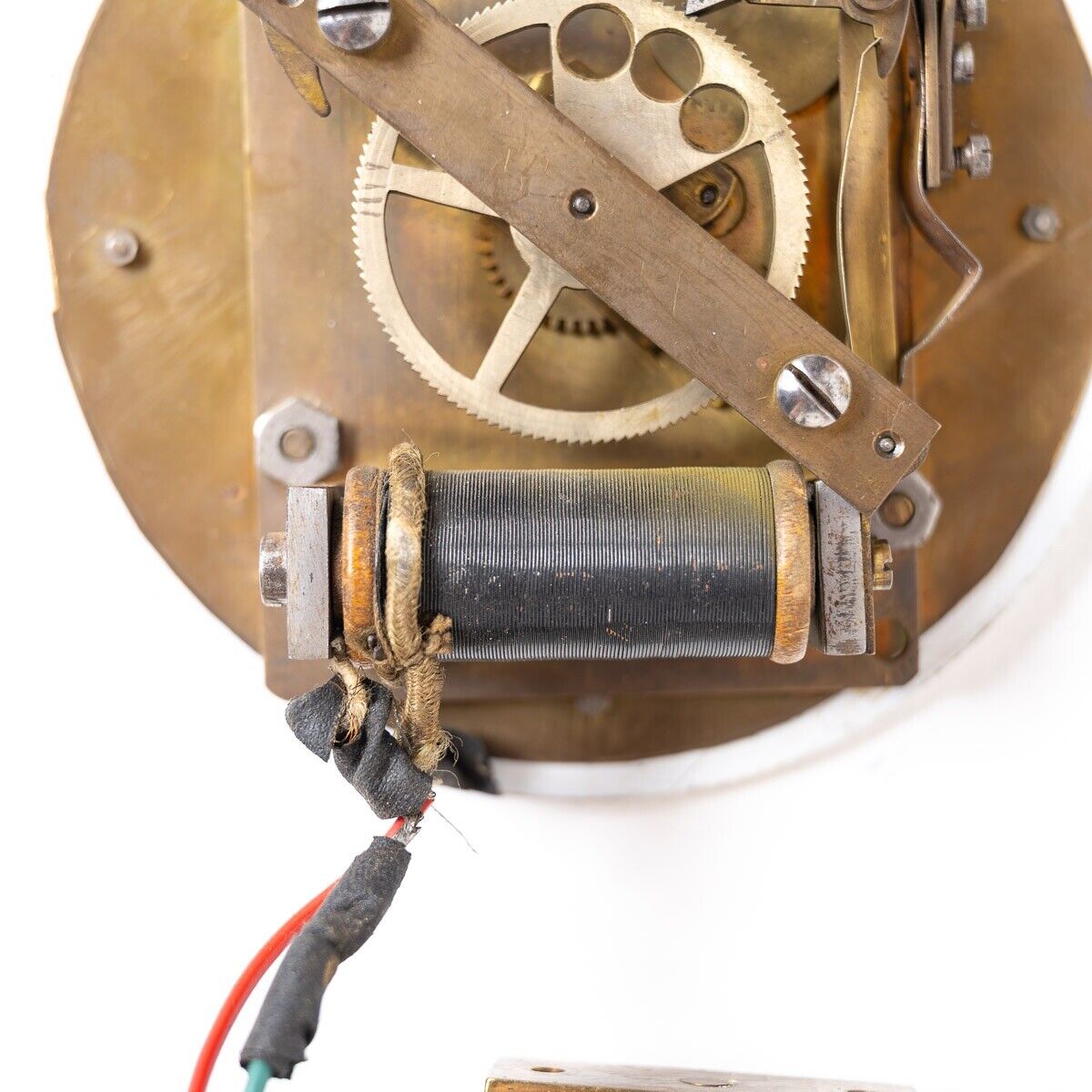
Visual and excerpts from Colin Reynold's book "A Conspectus Of Clocks And Time Related Products Produced By Gent & Co. Leicester."
C9 (renamed S Type) with new magnet, armature and pressed clicks circa 1926, The drive and backstop clicks were replaced by ones made from steel sheet pressed out and formed to the click shapes. The method of setting the forward and back movement to take one tooth on the 120-tooth minute wheel remained the same and the leaf spring attached to the armature still provided the energy to move the hands.
Movements were set to pull in around 120/130mA with the Pul-syn-etic clock system circuit current at 220 mA. Holes drilled in minute wheel for hand balance.
Punched and pierced plate “S” Type model introduced. Circa 1933/34
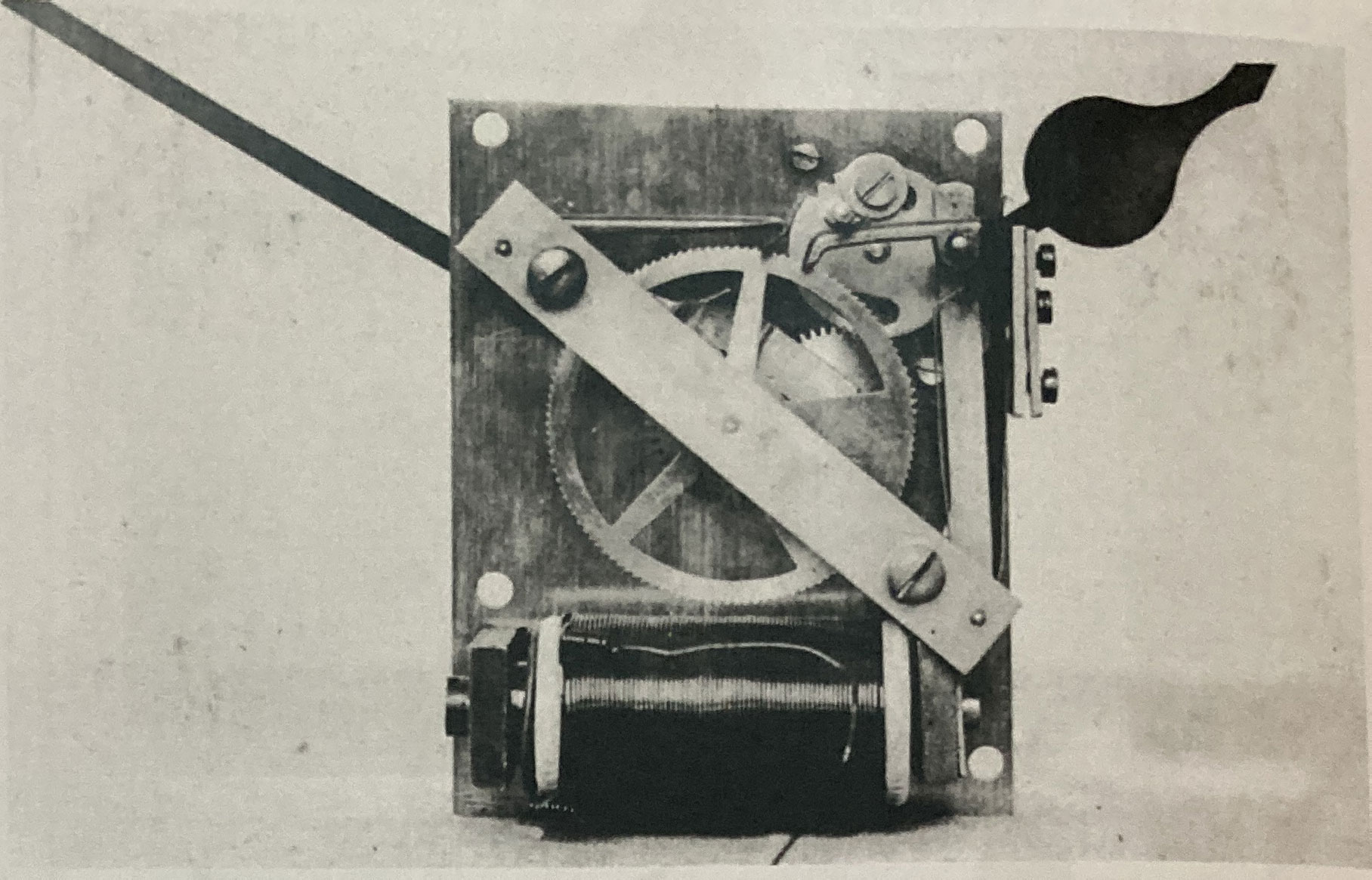
C9 (renamed S Type) with new magnet, armature and pressed clicks circa 1926.
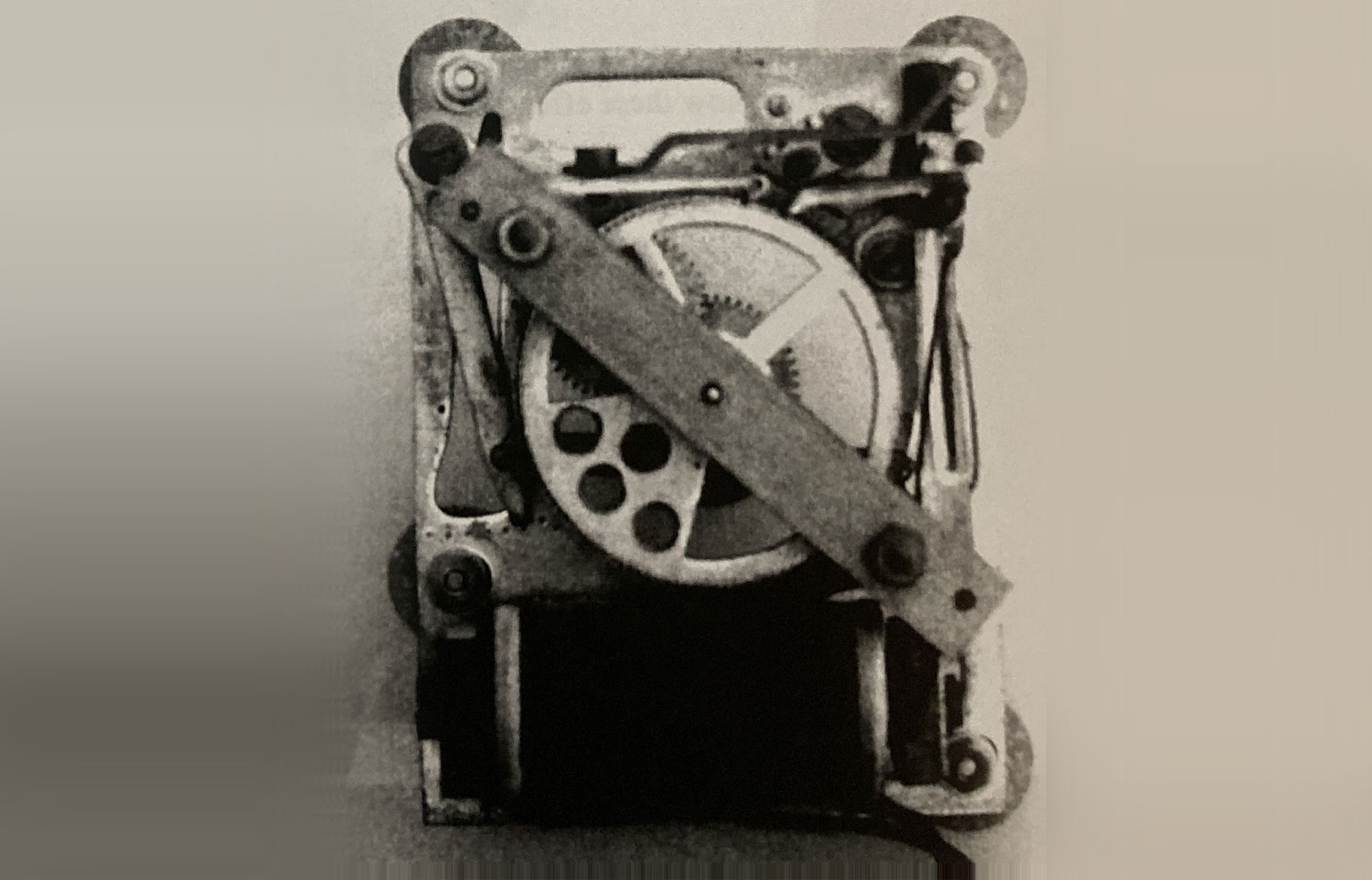
Punched and pierced plate “S” Type model introduced. Circa 1933/34
If we investigate Colin's book further...
We see that the pointy slim hands were used in other more special clocks, and also not that some of the clocks where made with no “Gents’ of Leicester” logo.
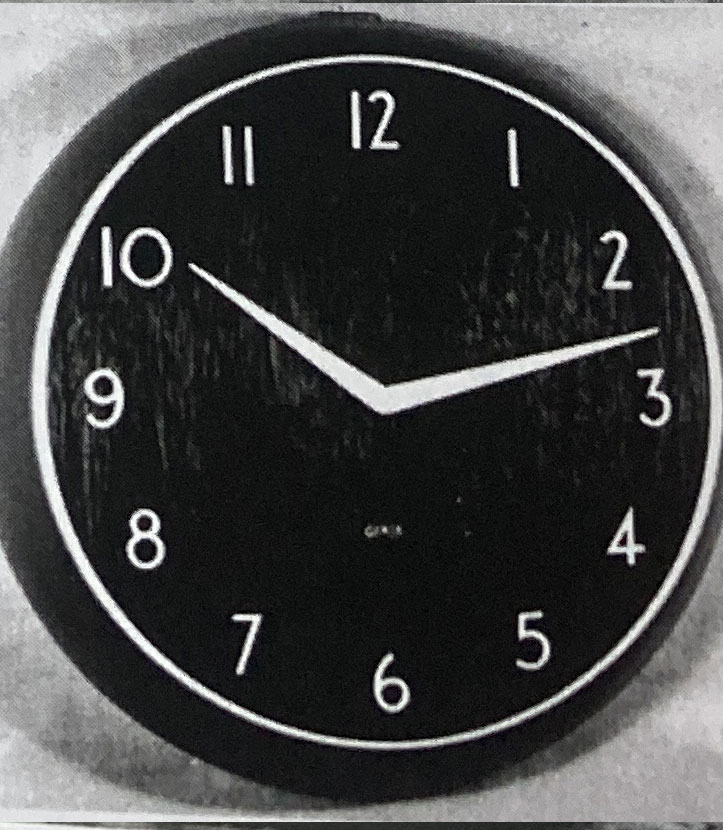
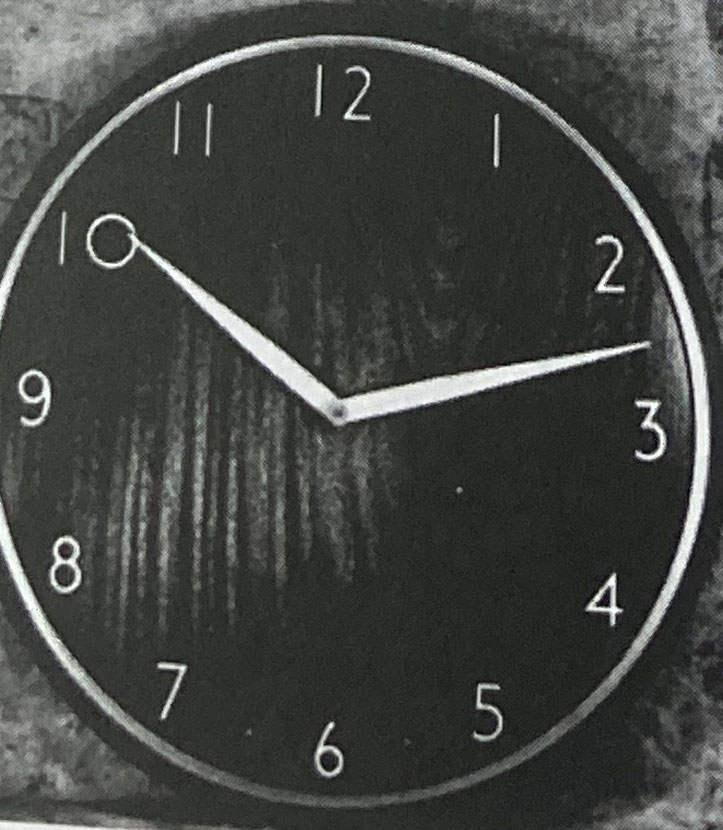
The Quorn and The Fernie
In the 1950’s a new range of domestic clocks was introduced using plastic and anodised aluminium. The name of the modals was based on Leicestershire Hunts, the fox being a symbol of the county.
The Quom used a buff-faced plastic and had a 4 inch aluminium chapter zone with either blue or black numerals and hands, or ruby with cream numerals. The glass cover was convex.
The Fernie and Cottesmore were a complete breakaway from convention in clock design. They were styled by the London Architect Jack Howe ‘ previously referred to and used modem metals and plastics. The 4 inch Femi and 5 inch Cottesmore had moulded unbreakable domed transparent “glasses” with the numerals printed on the surface.
Stand finishes were in Satin Copper or Aluminium, Chrome and dials of cream, white
or pastel green. This was an attempt to make an inroad into the very competitive
domestic market of the 1950s. This attempt was short lived and the range disappeared after a few years.
In 1965 the company obtained the distribution rights of the “Secticon’_ rang- _of
desktop and wall clocks, which featured a battery driven movement of unique Swiss
design and stylistic Italian Design.
This led later to the company manufacturing a desk-top battery clock – of its own
design called The Tempion. This was the la t clock produced for the domestic market.

